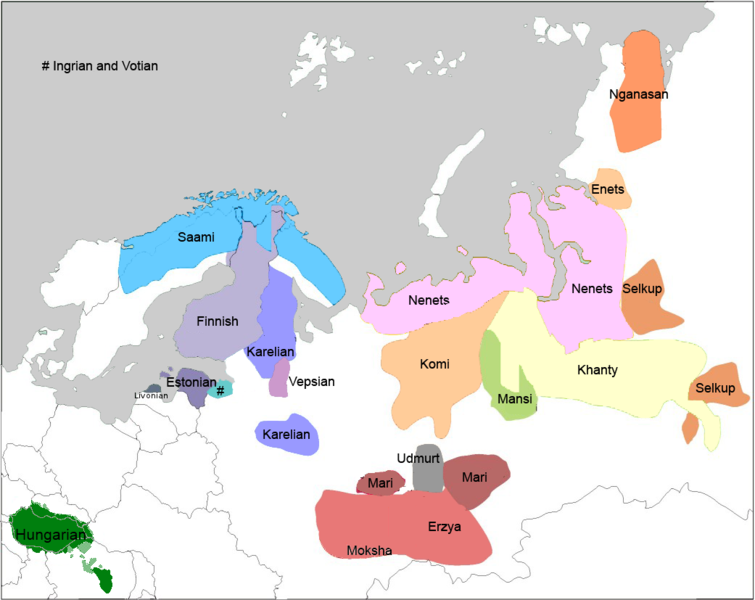shijing
The Living Force
I've been studying up on genetic haplogroups recently as another angle from which to tackle prehistory, and I wanted to suggest a group of questions to ask at some point when and if there is an opportunity. I know that recently sessions have centered around E/E and FOTCM, which are the obvious priorities for us as a group right now, so I am only putting this out there in case there is time to explore other topics down the road.
Let me give a bit of background -- there has been an increasing amount of progress made in the last couple of decades using human genetic material from the sex chromosomes (Y-DNA for patrilines -- father-to-son lineages, and MtDNA for matrilines -- mother-to-daughter lineages) to map out a history of human evolution. DNA sequences can be compared from person to person, and the sequences can be classified according to the number and location of mutations. To simplify things, I am going to only focus on Y-DNA for now. A chart of the current Y-DNA tree (Human Y-chromosome DNA (Y-DNA) haplogroups) is given at this link:
http://en.wikipedia.org/wiki/Human_Y-chromosome_DNA_haplogroup
The distribution of these haplogroups around the world from that page is reproduced here:

So with this information in mind, the question(s) I would like to suggest are the following:
(1) Is the current method of using genetic haplotype data a valid way to construct and represent a history of the human race?
If the answer is 'no', then I guess there is no need to continue (unless Laura et al have their own follow-up questions). If the answer is 'yes', then I'd like to suggest the following two additional questions:
(2) If so, then do some mutations which are used to define haplogroups represent intentional genetic manipulation of the human genome at specific points in history? For example, does the Y-chromosome subgroup H1a-M82 which is associated with the Roma (Gypsies) correlate with the event described below?:
(3) Are any or all of haplogroups I, J, and R correlated with the original male population of Kantek? If so, since these are located in the lower half of the human genetic tree, does this mean that some pre-existing Earth population was used as a template, genetically altered, and then removed to Kantek from Earth in remote human history?
And that's probably enough on that topic for one session. I'm also interested in hearing anyone else's thoughts about this in the meantime.
Let me give a bit of background -- there has been an increasing amount of progress made in the last couple of decades using human genetic material from the sex chromosomes (Y-DNA for patrilines -- father-to-son lineages, and MtDNA for matrilines -- mother-to-daughter lineages) to map out a history of human evolution. DNA sequences can be compared from person to person, and the sequences can be classified according to the number and location of mutations. To simplify things, I am going to only focus on Y-DNA for now. A chart of the current Y-DNA tree (Human Y-chromosome DNA (Y-DNA) haplogroups) is given at this link:
http://en.wikipedia.org/wiki/Human_Y-chromosome_DNA_haplogroup
The distribution of these haplogroups around the world from that page is reproduced here:

So with this information in mind, the question(s) I would like to suggest are the following:
(1) Is the current method of using genetic haplotype data a valid way to construct and represent a history of the human race?
If the answer is 'no', then I guess there is no need to continue (unless Laura et al have their own follow-up questions). If the answer is 'yes', then I'd like to suggest the following two additional questions:
(2) If so, then do some mutations which are used to define haplogroups represent intentional genetic manipulation of the human genome at specific points in history? For example, does the Y-chromosome subgroup H1a-M82 which is associated with the Roma (Gypsies) correlate with the event described below?:
Q: We would like to know what is the origin of the Gypsies.
A: Genes spliced. Slaves of dark forces.
Q: If the Gypsies were gene spliced, who were they gene spliced with?
A: Alien race, humanoid, and Atlantean drone workers.
Q: What were Atlantean drone workers?
A: Slave people controlled by crystal.
Q: Why do the Gypsies remain so cohesive? Is that genetically programmed?
A: Yes. And mind control.
(3) Are any or all of haplogroups I, J, and R correlated with the original male population of Kantek? If so, since these are located in the lower half of the human genetic tree, does this mean that some pre-existing Earth population was used as a template, genetically altered, and then removed to Kantek from Earth in remote human history?
And that's probably enough on that topic for one session. I'm also interested in hearing anyone else's thoughts about this in the meantime.

